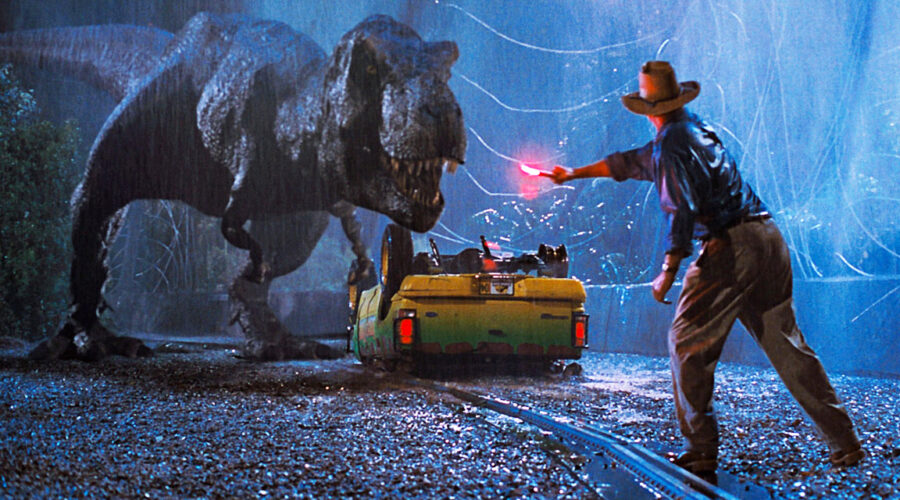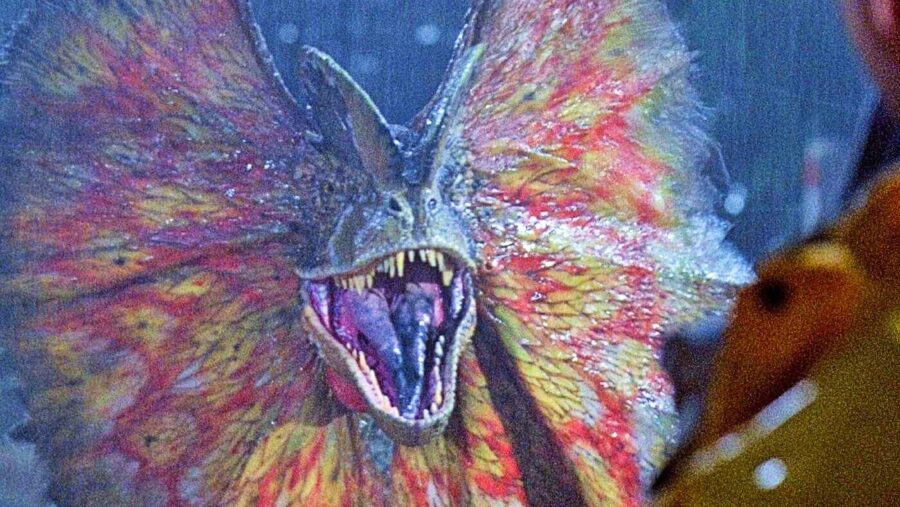Scientists Reconstruct Ancient Ecosystem Just Like Jurassic Park
Researchers in Greenland have found preserved DNA dating back two million years, significantly older than the next closest samples ever discovered.

A recent study conducted in the northernmost part of Greenland has revealed an ancient ecosystem that gives the amber from Jurassic Park a run for its money. With DNA samples around 2 million years old, the discovery not only predates the oldest known samples, but does so by over a million years. Having DNA samples instead of simply relying on fossils gives us a better idea of how prehistoric wildlife migrated around our planet.
The study was led by Mikkel Pedersen based on a discovery by Svend Funder, which was made in the northeastern peninsula of Kap København, Greenland. Upon exploring the sand and clay of the area, the scientists were shocked to discover organic materials from insects, plants, and even some mammals, all of which dated back over 2 million years. The types of sediments and soils that are present in the area do a remarkable job of preserving ancient ecosystems, much better than the amber from which the scientists in Jurassic Park obtained their DNA.
This organic matter isn’t the remains of entire animals, such as the dinosaur bones we see at the Smithsonian. It consists more of microscopic remains, such as strands of fur, genetic waste, or leaves falling from trees. However, it does give scientists better insight into these ancient ecosystems than the remains of entire animals do, a fact that the Jurassic Park series would not have anticipated when the first novel was published over 30 years ago.
That is because the technology for extracting DNA from the Kap København site wasn’t as sophisticated and capable as it is now. Innovations over the past 15 years have changed that and allowed scientists to sequence the DNA of this ancient ecosystem enough to study it more thoroughly than John Hammond could ever hope for at Jurassic Park. Who knows where the millionaire investor’s ambitions would have led had he had access to the technology employed by Funder and Pedersen?

Until this discovery, the oldest such samples that had been discovered were 500,000 years old and were expected to be the oldest ever found. Now, while Pedersen acknowledges that eventually there will be a limit to the age of what paleontologists can find, he is hesitant to suggest what that limit could be. The age of the ancient ecosystem in Kap København is such a significant leap that it makes Jurassic Park seem like it could happen in real life.
The researchers were further surprised by what kinds of DNA were present in their samples. A variety of animals, from hares and geese to reindeer and mastodons, were represented in the ancient ecosystem, making the area a Jurassic Park of DNA. Mastodons were not previously known to travel so far north, so the discovery showed paleontologists something new about accepted scientific theory.
The events in the Michael Crichton novel and the movies it inspired did not end well for the people involved, but there were dinosaurs on that island. Anyone looking to revive the ancient ecosystem of Kap København into their own, real-life Jurassic Park will have wildlife that isn’t as deadly and that existed alongside our ancestors. Hopefully, if that happens, there will be an Alan Grant and an Ellie Sattler to help us if things go awry.












